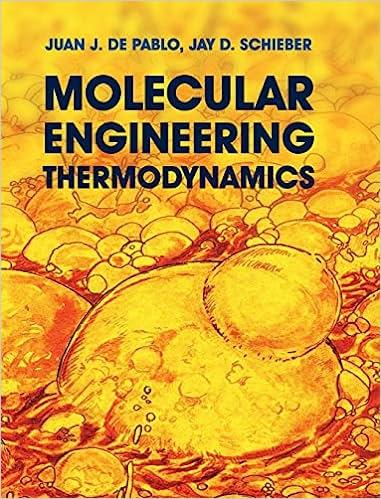Answered step by step
Verified Expert Solution
Question
1 Approved Answer
a) Use Ohm's Law (V_(total )=iR) and i_(x)=0 (at rest) to derive the parallel circuit eqn: Vm=(E_(K)+((g_(Na))/(g_(K)))E_(Na)+((g_(C))/(g_(K)))E_(Cl))/(1+((g_(Na))/(g_(K)))+((g_(Cl))/(g_(K)))) b) Use the derived equation above to
a) Use Ohm's Law
(V_(total )=iR)and
i_(x)=0(at rest) to derive the parallel\ circuit eqn:\
Vm=(E_(K)+((g_(Na))/(g_(K)))E_(Na)+((g_(C))/(g_(K)))E_(Cl))/(1+((g_(Na))/(g_(K)))+((g_(Cl))/(g_(K))))\ b) Use the derived equation above to calculate the resting membrane\ potential if:\
E_(K)=-84mV,g_(K)=0.57\\\\mu mho\ E_(Na)=+48mV,g_(Na)=0.11\\\\mu mho\ E_(Cl)=-53mV,g_(Cl)=0.32\\\\mu mho\ c) To what value must
g_(Na)increase to make membrane\ potential
+40mVif all else stays the same?\ GOOD LUCK!!\ and be sure to show your work.

Step by Step Solution
There are 3 Steps involved in it
Step: 1

Get Instant Access to Expert-Tailored Solutions
See step-by-step solutions with expert insights and AI powered tools for academic success
Step: 2

Step: 3

Ace Your Homework with AI
Get the answers you need in no time with our AI-driven, step-by-step assistance
Get Started


